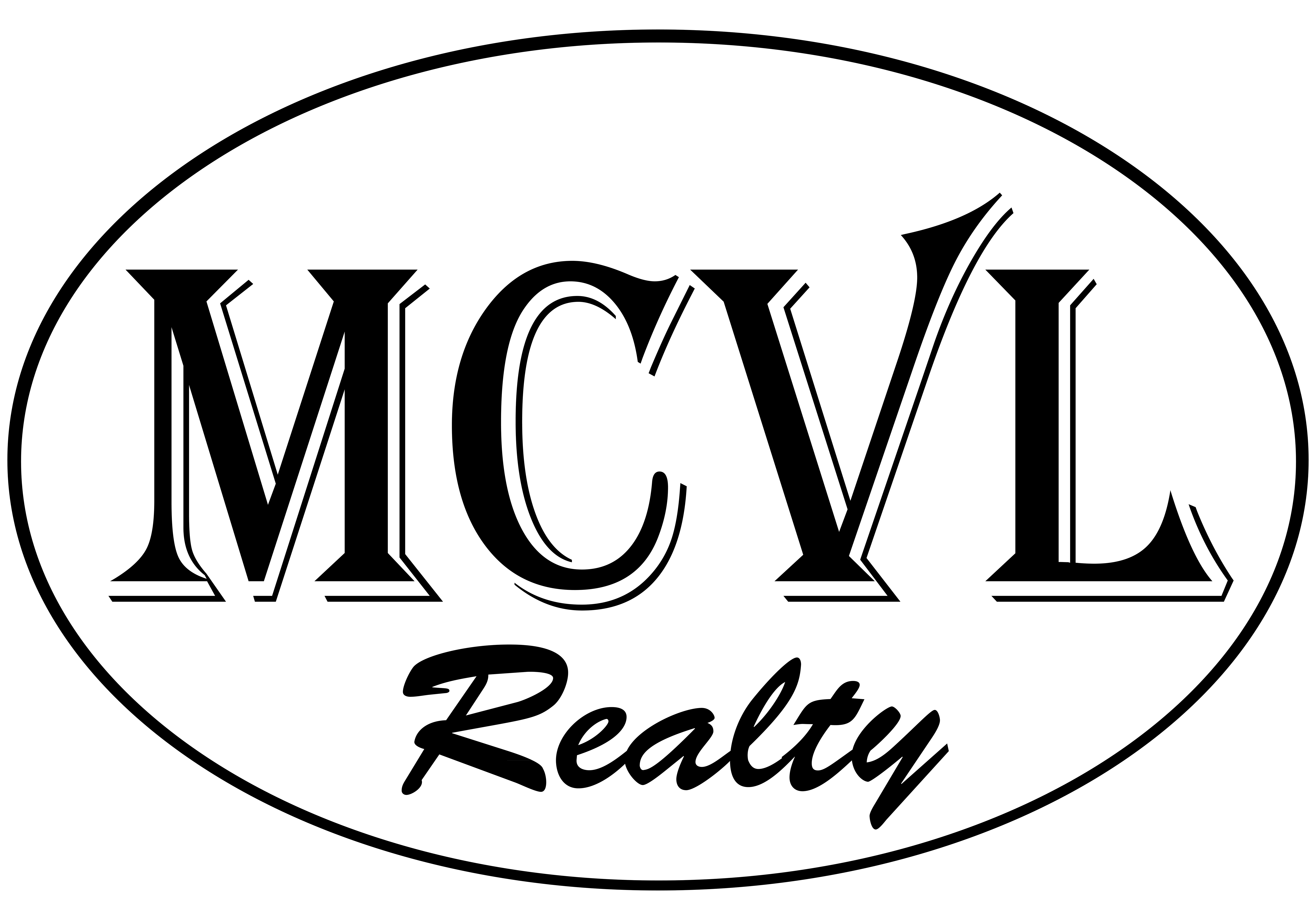 Once again The Nature Conservancy has preserved land surrounding McClellanville through purchase and conservation easement . Earlier this year an 812 acre tract of land just south of McClellanville was sold by the Nature Conservancy to Charleston County Parks. This land will be used as a public park with a few buildings but will remain protected through conservation easements. Through this process of buying land, establishing easements and reselling to public agencies and private individuals, the Nature Conservancy is protecting this area for future generations.
Once again The Nature Conservancy has preserved land surrounding McClellanville through purchase and conservation easement . Earlier this year an 812 acre tract of land just south of McClellanville was sold by the Nature Conservancy to Charleston County Parks. This land will be used as a public park with a few buildings but will remain protected through conservation easements. Through this process of buying land, establishing easements and reselling to public agencies and private individuals, the Nature Conservancy is protecting this area for future generations.
 Last week The Nature Conservancy released the notice of it’s purchase of 4 more tracts of land totaling 1,116 acres in the McClellanville area. This land was purchased from International Paper, who is a major holding company of land surrounding the National Forest using the lumber from the fast growing pines to produce pulp for paper production (say that 3 times fast). Two tracts lie just north of McClellanville on both sides of Highway 17 and the others west on Highway 45 (see the Charleston Business Journals Article for more information and map). The price tag for the 1,116 acres? $6,445,000 or $5,775 an acres…and no I can’t find you a deal like that for a single acre.
Last week The Nature Conservancy released the notice of it’s purchase of 4 more tracts of land totaling 1,116 acres in the McClellanville area. This land was purchased from International Paper, who is a major holding company of land surrounding the National Forest using the lumber from the fast growing pines to produce pulp for paper production (say that 3 times fast). Two tracts lie just north of McClellanville on both sides of Highway 17 and the others west on Highway 45 (see the Charleston Business Journals Article for more information and map). The price tag for the 1,116 acres? $6,445,000 or $5,775 an acres…and no I can’t find you a deal like that for a single acre.
 The Nature Conservancy has also recently worked with the Evening Post Publishing Company in placing a conservation easement on a 1,144 acre tract of land they own on Old Georgetown Road. This tract actually surrounds a separate 100 acre tract of land owned by the Village Museum which also allowed for a conservation easement placed by The Nature Conservancy earlier this year. The Evening Post and Village Museum land surrounds the St. James Santee Church (also known simply as "Old Brick Church " by locals) built in 1768. It is of monumental importance that historical character of the land surrounding this 18th century church has been preserved from future development.
The Nature Conservancy has also recently worked with the Evening Post Publishing Company in placing a conservation easement on a 1,144 acre tract of land they own on Old Georgetown Road. This tract actually surrounds a separate 100 acre tract of land owned by the Village Museum which also allowed for a conservation easement placed by The Nature Conservancy earlier this year. The Evening Post and Village Museum land surrounds the St. James Santee Church (also known simply as "Old Brick Church " by locals) built in 1768. It is of monumental importance that historical character of the land surrounding this 18th century church has been preserved from future development.
 We are already blessed to have the massive Francis Marion National Forest and Cape Romain Wildlife Refuge as our own personal backyards, but these additional lands ensure further natural habitat and protect against future development in the area. The coastline surrounding McClellanville serves as an essential breeding and nesting area for endangered birds and turtles who are losing more and more habitat every year. The forest tracts serve as wildlife habitat to other birds and ducks including the swallow-tail kite. As the Charleston area grows and Mount Pleasant seems to creep closer with each passing day and Awendaw acts only sporadically to slow development, it is imperative that organizations like The Nature Conservancy are encouraged to do the work that they do. To date, The Nature Conservancy has protected almost 50,000 acres of land in the Seewee to Santee region, so the next time you see our own Mike Prevost at his office on Pinckney Street, tell him thank you…for you and your grandchildren.
We are already blessed to have the massive Francis Marion National Forest and Cape Romain Wildlife Refuge as our own personal backyards, but these additional lands ensure further natural habitat and protect against future development in the area. The coastline surrounding McClellanville serves as an essential breeding and nesting area for endangered birds and turtles who are losing more and more habitat every year. The forest tracts serve as wildlife habitat to other birds and ducks including the swallow-tail kite. As the Charleston area grows and Mount Pleasant seems to creep closer with each passing day and Awendaw acts only sporadically to slow development, it is imperative that organizations like The Nature Conservancy are encouraged to do the work that they do. To date, The Nature Conservancy has protected almost 50,000 acres of land in the Seewee to Santee region, so the next time you see our own Mike Prevost at his office on Pinckney Street, tell him thank you…for you and your grandchildren.
